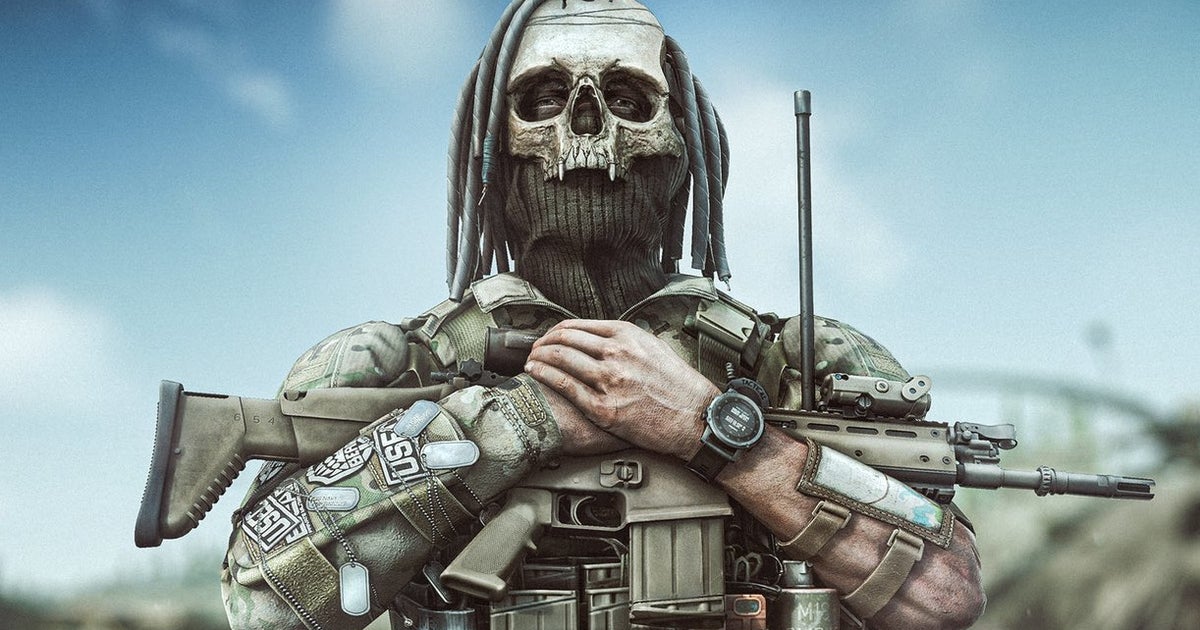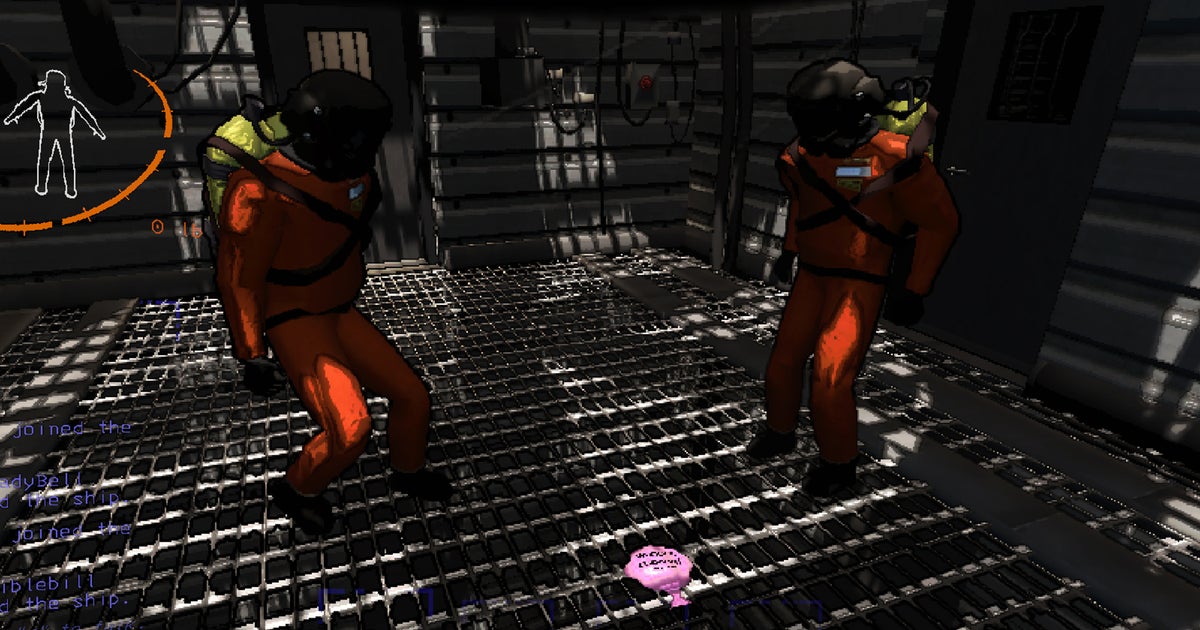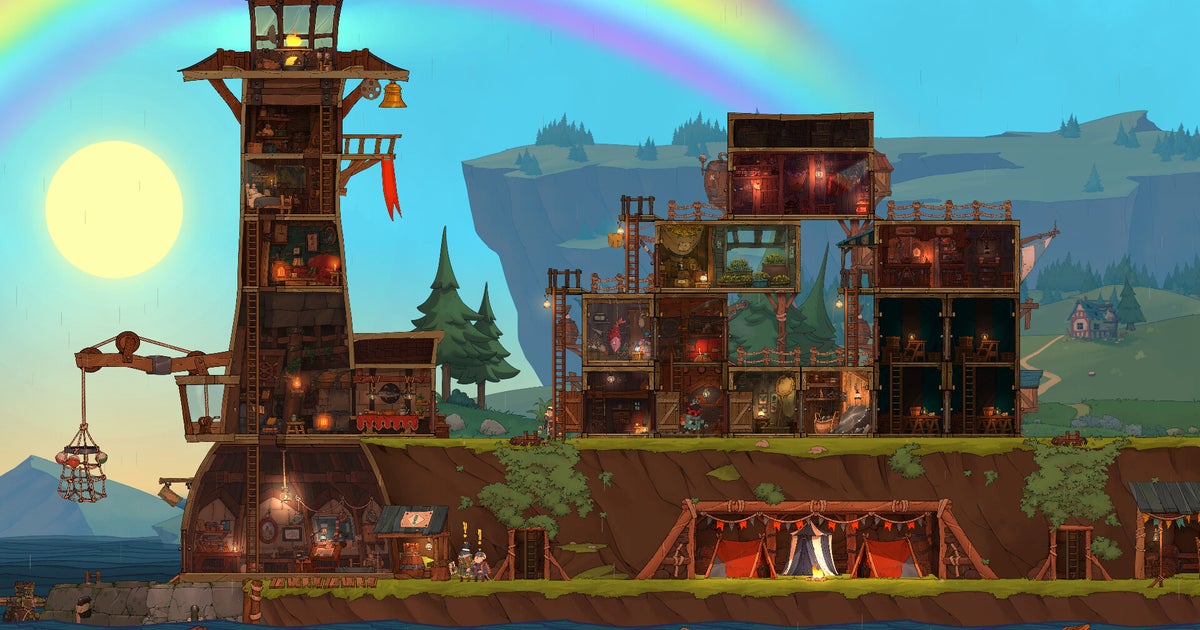Back in February 1991, Capcom released Street Fighter 2 to arcades. Unbeknownst to Capcom at the time, Street Fighter 2’s massive success would cause it to become the blueprint for fighting games - a genre the game effectively created upon its release. This blueprint proved to be so influential that even some of Street Fighter 2’s most underwhelming elements are still being parroted in fighting games today. As a result, more than 30 years later, one constant in the fighting game genre has always remained true: the story mode is gonna suck.
There have been some valiant attempts at rectifying this in the last decade, but the core issue has always remained the same; fighting games are inherently designed to be played against other people, and back-to-back fights with AI controlled characters will never be able to properly match the competition of the real thing. Yet, with Street Fighter 6, Capcom have seemingly done the impossible. Street Fighter 6 has the best story mode in any fighting game I’ve played. Admittedly a low bar, but still, Capcom could have easily half-assed the story mode, just as so many other fighting games still choose to do, and still have been widely praised based solely on the strength of its multiplayer. Instead, Capcom are offering fighting game developers a new blueprint to copy - one that prioritises teaching new players above everything else.
World Tour mode isn’t just a series of cutscenes broken up by first to three fights, it’s a 10-hour-long tutorial disguised as a Yakuza-style open-world RPG. Every fight, every side mission, every enemy, and every minigame is designed in a way to impart some kind of fighting game knowledge to the player. And the most impressive part of it all is that people new to the genre probably won’t even realise they’re being taught something.
For instance, the enemy mobs in the game all seem to be designed around one specific offensive move that you have to either abuse or counter to win. Certain enemies will block every single attack, forcing you to repeatedly grab them instead. Flying enemies will often hover away when you attempt to meet them in the air and immediately fly back up upon being hit, teaching you to both times your jumping attacks correctly and how to continue a combo after an aerial confirm. Even the mini-games dotted around Metro City might seem like simple rhythm action games to newer players, but they're all actually related to specific fighting techniques - like the glass-breaking minigame, which is not-so-subtly trying to teach players how to perform charge-input specials.
.jpg?width=690&quality=80&format=jpg&auto=webp)
The three control scheme options you’re given when selecting a character (Classic, Modern, or Dynamic) are designed to appeal to three separate skill levels. Classic is standard Street Fighter, which requires more precise and complicated inputs, whereas Modern makes special moves only require a single direction to execute and gives you access to one-button autocombos. The trade-off is that the Modern control scheme makes your special moves weaker, and it also removes access to certain combo routes, suggesting that Capcom wants players to eventually graduate to Classic if they truly want to improve.
Personally however, I think the Dynamic control scheme might be the most interesting of the three. Dynamic lets you perform entire combos and directional inputs based on one button inputs, essentially making it AI assisted. These inputs often result in your character performing cross-ups with ease, perfectly choosing the right normal or special attack to offset whiff punishes, and randomly countering with your armoured Drive Impact at the best possible moment. Street Fighter 6’s director Takayuki Nakayama said he added this control scheme specifically for people who have never played fighting games, so that anyone can get the same positive feedback of pulling off flashy attacks regardless of their skill level.
"I spent the majority of my ranked matches using Ken, and I feel pretty confident saying this might be the favourite version of him I’ve ever played, based purely on style points alone"Fighting Ground, which essentially acts as an expanded practice mode, also offers an impressive breadth of different ways to let players sharpen their skills offline. Returning Street Fighter veterans will be happy to know that the standard practice mode, combo trials, and arcade modes feel extremely refined, but both old and newer players alike will find the Extreme Battle mode to be a fun change of pace when fighting against friends. Several different modifiers, such as stage hazards and debuffs, can be applied before the start of a fight, which lets players put a fun spin on matches if they’re feeling adventurous.
.jpg?width=690&quality=80&format=jpg&auto=webp)
Thanks to whichever wizards at Capcom were in charge of implementing rollback netcode for the game's online mode Battle Hub, I feel pretty confident saying that, from what I could test, SF6’s online experience feels consistent enough to rival any fighting game currently available. I fought several different players in both the USA and Asia, all the way from here in England, and I never once experienced a single lag spike or any kind of consistent input delay over more than two frames - even when using crossplay to fight opponents who were on console.
Properly sizing up the meta for a fighting game is an impossible task, unless you have roughly 1,000 hours spare, but there were a few standout characters I spent my time learning. Kimberly is probably my favourite new addition to the cast, with stylish mix-ups and screen control options that feel extremely strong. Blanka is the most interesting returning character, with enough subtle mechanical changes to make him feel fresh - but not so many that they feel like massive departures from his original design. Of course, just like with every Street Fighter, I do have my bias. I spent the majority of my ranked matches using Ken, and I feel pretty confident saying this might be the favourite version of him I’ve ever played, based purely on style points alone.
Unfortunately, SF6 isn’t perfect, as I did run into a few technical issues whilst playing on PC. I experienced occasional frame drops, a lot of really prevalent unrendered textures and pop-ins, and weirdly long load times whenever I used the map to fast travel. The good news is that these issues were only present in World Tour mode, as I didn’t notice any kind of graphical or performance-related issues in any online matches. It does seem that Capcom are at least aware of these problems, if their suggestion that you play World Tour whilst locked to 30 FPS is anything to go by, so hopefully some kind of fix will be available in the near future.
.jpg?width=690&quality=80&format=jpg&auto=webp)
.jpg?width=690&quality=80&format=jpg&auto=webp)
There are also a few RPG-lite systems integrated into the World Tour that quickly developed into repeated annoyances. World Tour has a day/night system, but you can only change the time by visiting your master Luke’s crib - causing you to constantly run back and forth to continue a quest. Pair this with a few fairly annoying main missions that require you to hunt down locations based on clues you find, instead of automatically setting a marker on your map per usual, a design quirk that starts to feel like padding over time. That being said, these feel like minor nitpicks given the radical direction Capcom have taken Street Fighter 6’s story mode.
Although the performance issues take the shine off things, I can still comfortably say Street Fighter 6 is the most fun I’ve ever had with any fighting game on release. After the disastrous launch that was Street Fighter 5, seeing Street Fighter back on top form again just feels right - and I’m extremely excited to see what the next year of content updates can do for a game that already feels this mechanically polished at launch.
This review is based on a review build of the game provided by the publisher Capcom

 10 months ago
89
10 months ago
89








